To say I was excited to play Tactics Ogre: Reborn is an understatement. I’ve been a long-time fan of the original as well as its 2010 remake, having played both extensively. When I was given the opportunity to play Tactics Ogre: Reborn a few days ahead of its release, I was eager but cautious nonetheless. The marketing behind it largely touts Reborn as an updated version of the PSP version but also promises revised battle mechanics and other changes like full voice acting and a remastered soundtrack.
After spending plenty of time and ruminating on the overall experience, I’m pleased to say that Tactics Ogre: Reborn is a remaster worthy of its title as a new spin on a beloved Square Enix classic, and a wonderful entry point for newcomers. However, as much as I enjoyed Reborn, I think it’s important to note to those more familiar with the original games, much like myself, might find the mechanical overhauls slightly less enticing for a revisit.
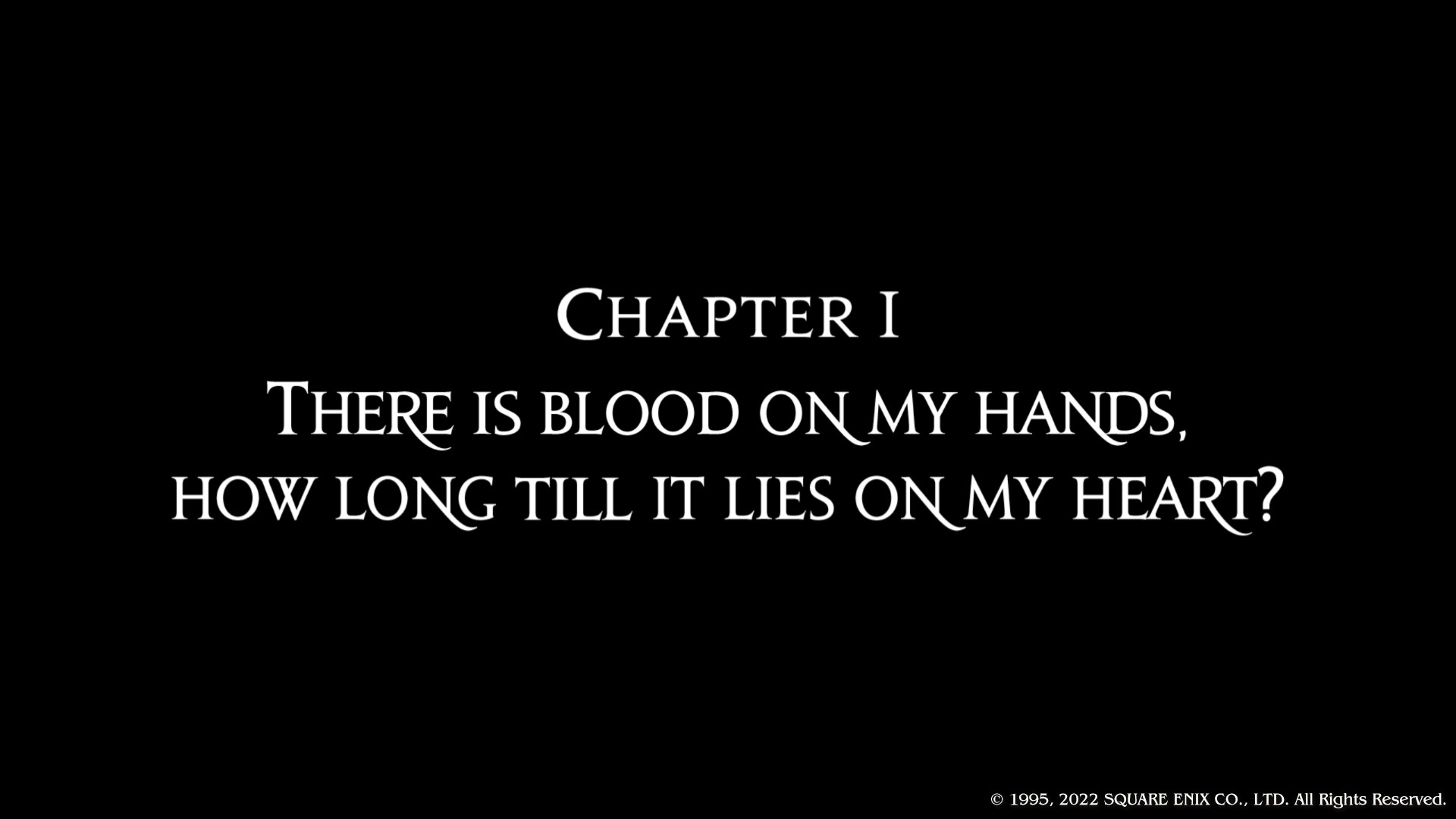
The first thing to note is that the story remains largely unchanged aside from a spanking new translation. Tactics Ogre: Reborn follows a youth named Denam who works in a local resistance group attempting to fight against the occupying powers that threaten his life in the war-torn kingdom of Valeria – only to fall further and further in a tale of political conflict and the forces that fuel the war. These conflicts bring up interesting perspectives on the various ideologies that inhabit the world. It’s because of this intimate approach to the narrative that I’ll refrain from spoiling as many of the plot beats as possible. Trust me, so much of the gravitas in its narrative revolves around the player experience that going in blind is the best possible approach.
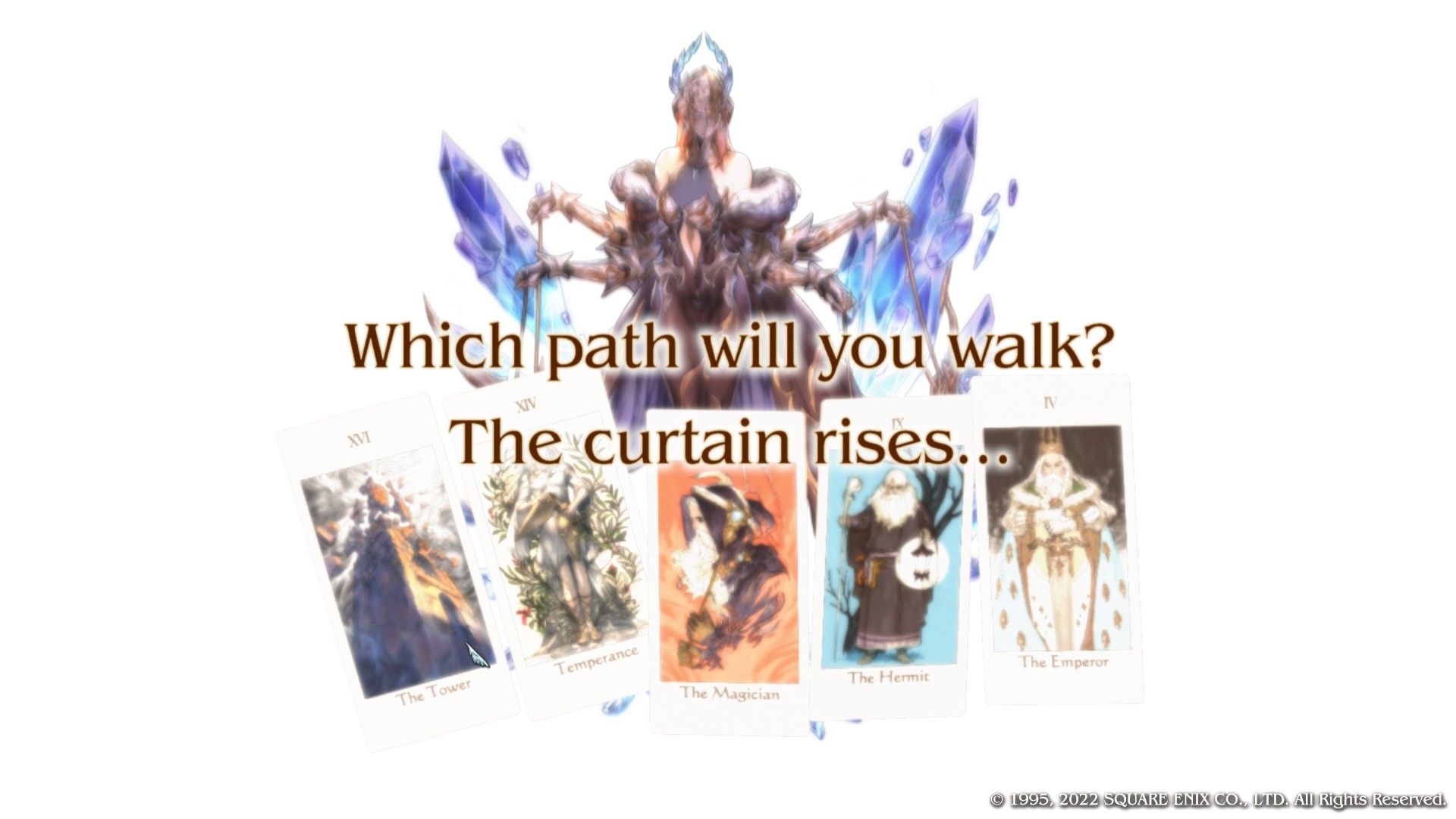
Initially, I was worried when I heard a new script for the remaster was being developed given how solid the original PSP version already was. However, after an extensive amount of time with the game, I’m happy to say the original script’s sentiments and tone have largely been preserved with some parts from the original merely being reshaped or left alone entirely.
It’s a nice way of brushing up on some more awkward localization choices in the original release as well as respecting the original material with some beautiful renditions of iconic moments featured much later in the story. As for its accuracy with the Japanese script, there are a few liberties taken here in order to fit more in with the dense prose of its predecessors, but the tone and intent are well enough preserved that a few odd lines really don’t detract from the overall experience. For those playing with the Japanese voices and know at least some Japanese though, it might create a bit of a disconnect at times given the nuances and difficulties of rendering Matsuno’s intricate writing here.
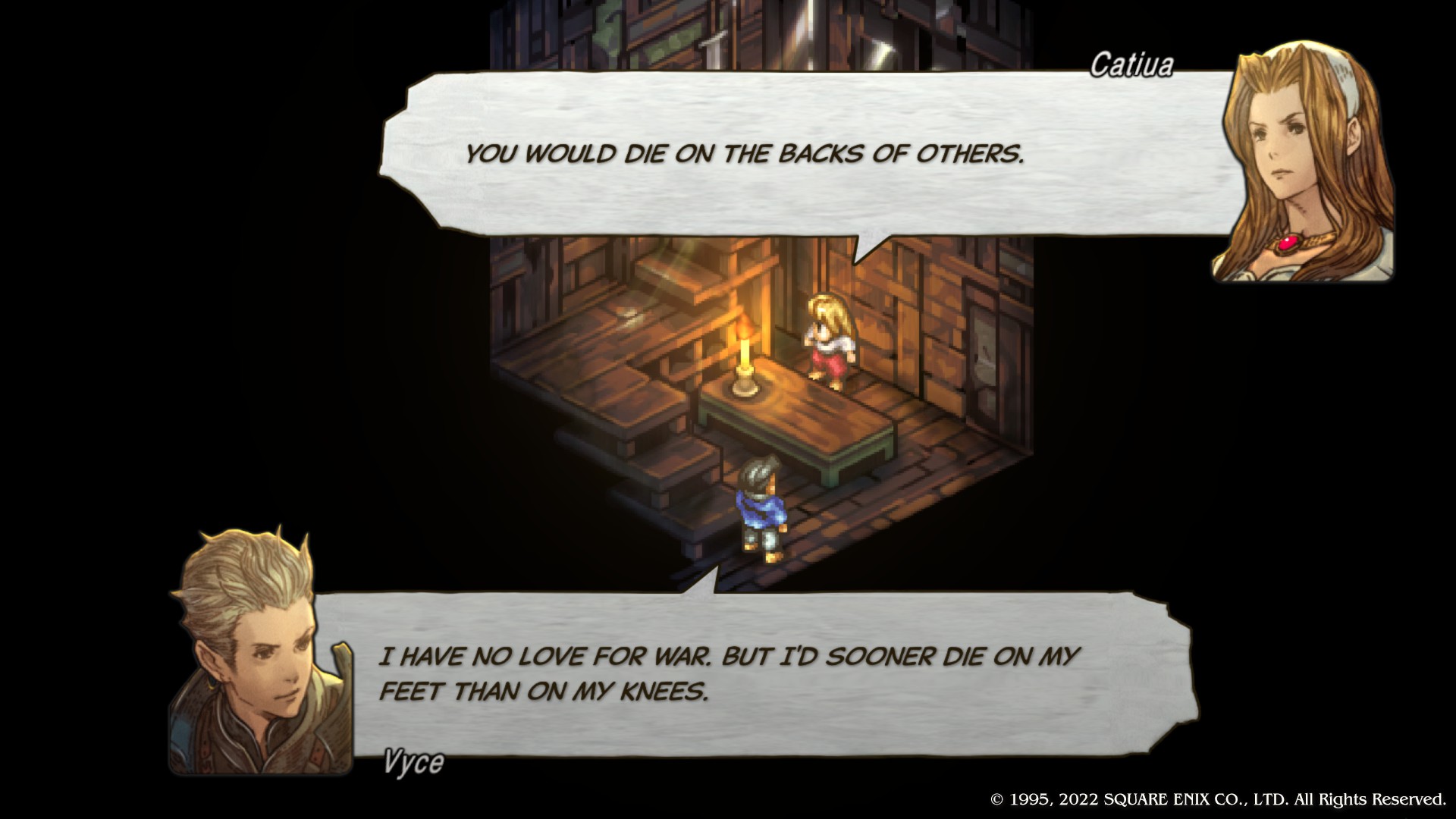
With that in mind, quite possibly the best addition this remaster brings is fully-voiced dialogue. I alternated voice options throughout my playthrough and not only does the voice acting choices for both languages create enjoyable performances but the vocal direction in the later parts of the story renders some already memorable moments all the more captivating.
Despite being very picky over the audio aspect of video games, the treatment the soundtrack has received has also been stellar. Under the supervision of its original composer, Hitoshi Sakamoto, and the talented staff at BASISCAPE, the sound of Tactics Ogre: Reborn has been given new love as well as some additional tracks that feel seamlessly integrated along with the story. The original soundtrack has been completely rerecorded via live instrumentation and the mixing in particular is superb. This all allows for the rich vocal textures of its intricate instrumentation to be re-experienced in a fresh new way that remained a major highlight for me throughout.

Before I move on to the gameplay, I’d like to first bring up the second most contentious part of the experience for returning fans: the visuals. I was worried initially upon booting up the game due to the sample screenshots looking like massive texture smoothing. However, after going through the entirety of the game proper, I’d say for the most part Tactics Ogre: Reborn looks pretty good. More importantly, it is consistent throughout its environments, menus and character models. There are parts here and there do look a bit awkward with the color changes but those are far and few in between the more notably retouched environments. The menus and text all have great readability – which helps considering how text-heavy the game is.
But I digress, it’s time to address the elephant in the room: the gameplay. This is probably the most contentious part for returning fans such as myself and to put it simply, Tactics Ogre: Reborn is a much easier game than its predecessors. On one hand, you do have new enemy AI that is a lot more responsive to differences in terrain and player movement patterns, but on the other, you have a ton of other changes that make it far more convenient for the player resulting in a system that’s much more forgiving of mistakes.
To add to that, random encounters are entirely removed. In their place are training battles at specific locations on the world map which help the leveling process just without the consequence of units being killed in action. The other two major additions are charms and buff cards. The former allows more player control over individual unit stats. These charms can go even as far as to influence individual unit elements, level and stats.
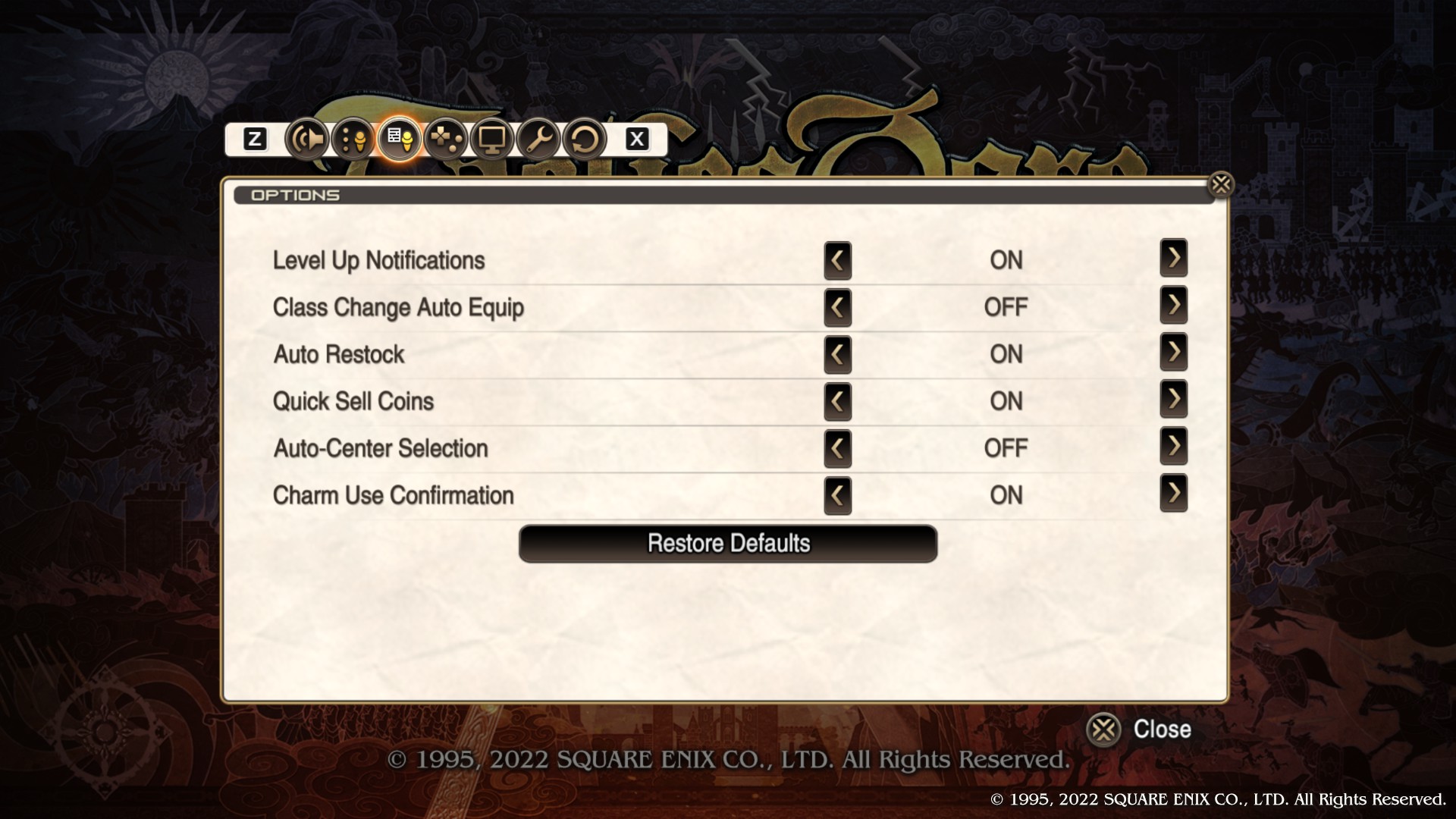
The latter however is probably the biggest change to the flow of Tactics Ogre: Reborn. The easiest way to describe these buff cards is that they completely flip the difficulty of fights on their head. Each of these cards provides a variety of effects such as increased critical chance, but the issue with these cards, beyond the fact that they do not wear off until the battle is over, is that each unit can carry up to four at once. This stat increase can prove monumental at times and completely trivialize encounters. There is a sense of risk to them considering aiming for cards puts you in direct battle far more frequently, but given how good these stat buffs are it’s almost always worth it to go for them anyway.

Other quality-of-life features include equipment requirements being removed entirely which makes gearing an easier process. While Tactics Ogre: Reborn does include a multitude of changes on a smaller scale like the adjustments to party level and shop improvements, I felt it was more important to highlight these specific changes due to how much of an influence they have on the immediate gameplay. For those interested though, these smaller changes include things like bonus objectives giving additional rewards, easier battle setup configurations, and updates to finishing moves as well as so much more.
While these changes do drastically shake up the gameplay flow in that battles are much quicker and snappier, I have to stress that these changes do not detract from the overall experience. Returning fans who enjoyed the finely tuned difficulty of the original might not find that here to both the benefit and detriment of the overall experience as it’s certainly made this revisit a lot breezier comparatively.
In the end, Tactics Ogre: Reborn is a loving touch-up of an RPG classic and overall, a fun and accessible entry point for newcomers with some mechanical adjustments that might detract from the experience for older fans. Yet in spite of it being a much easier experience, I did find that the overall tradeoff was worth it in the end due to plentiful quality-of-life improvements that drastically enhanced my enjoyment of this long-awaited remaster. I think fans both new and old will find a lot to love in this rekindled classic whether it’s in its deeply gripping narrative or its engaging gameplay. The return of Tactics Ogre is one I’ve been patiently waiting for and Tactics Ogre: Reborn is a brilliant return to form that satisfies that itch and more.
Version Reviewed: PC (Steam)
Disclaimer: Review code provided by the game’s publisher Square Enix.

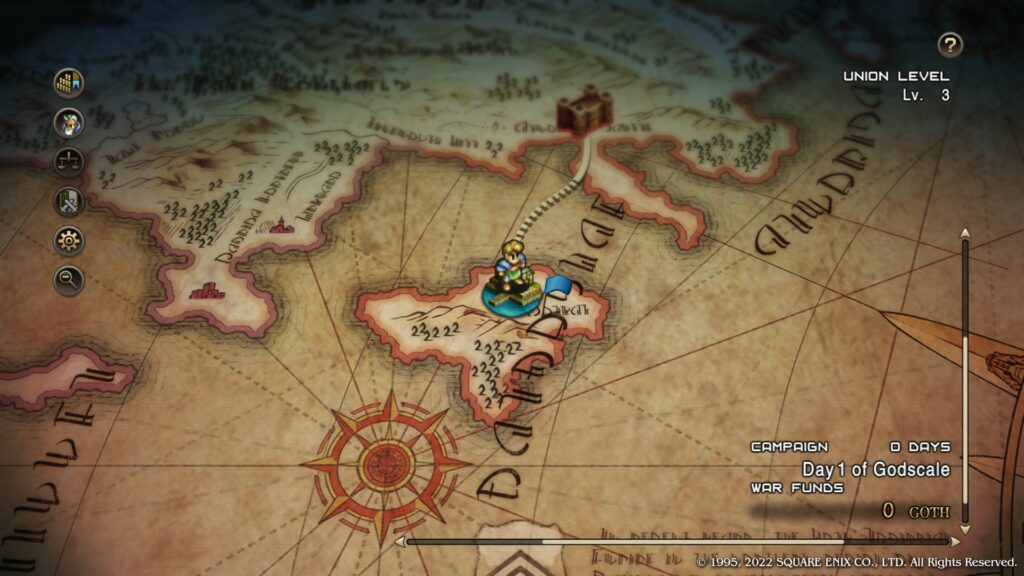
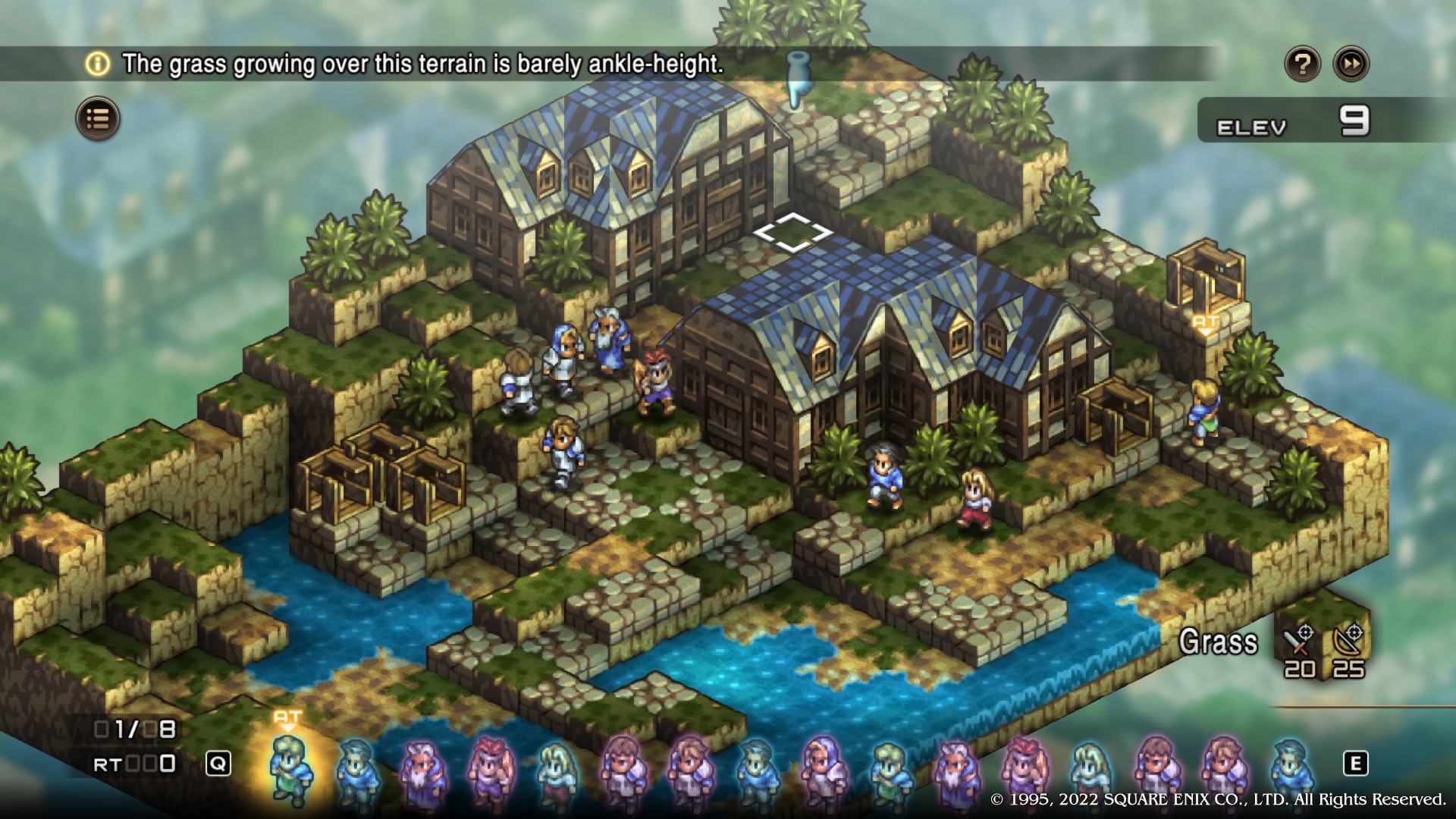
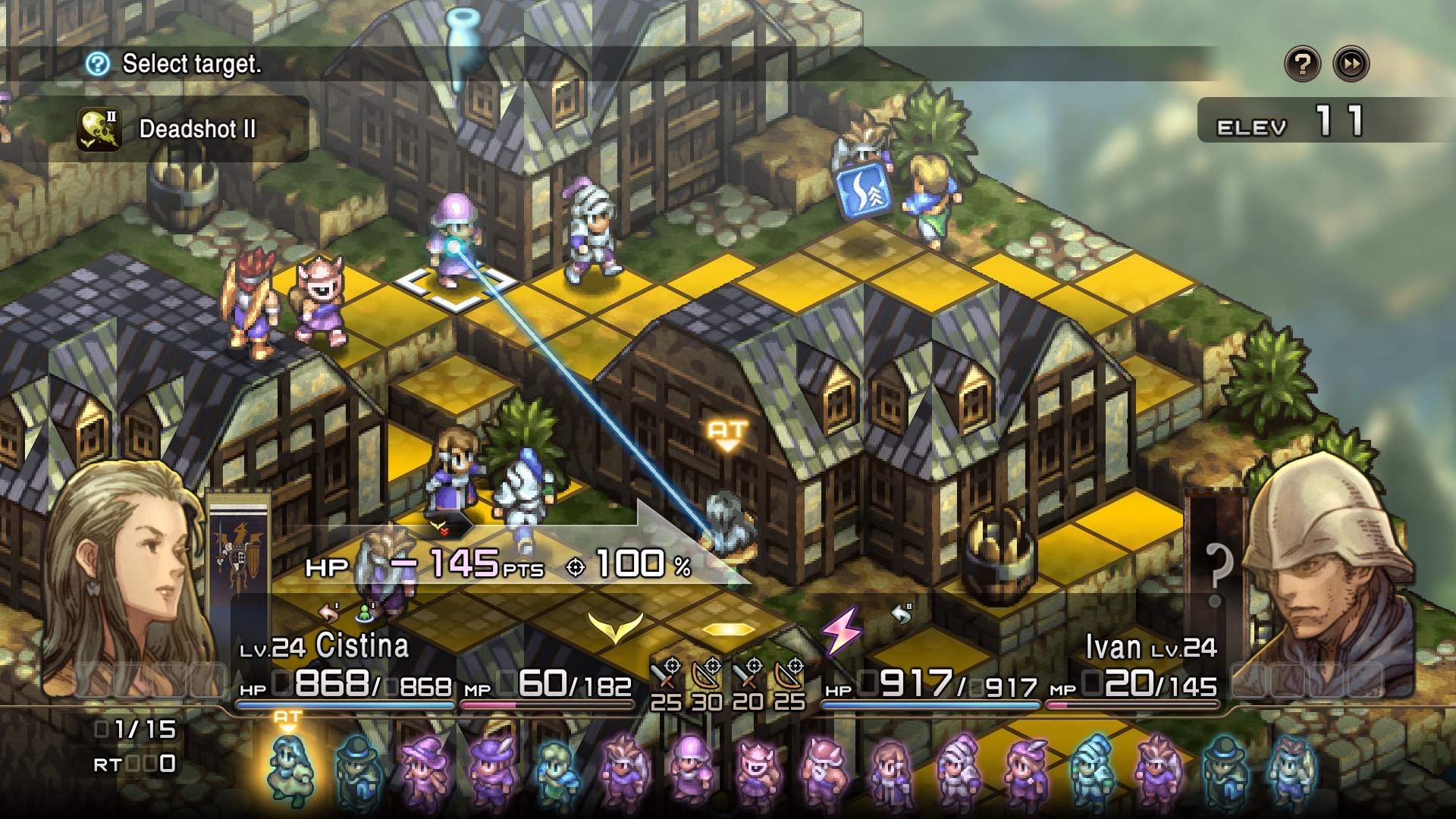
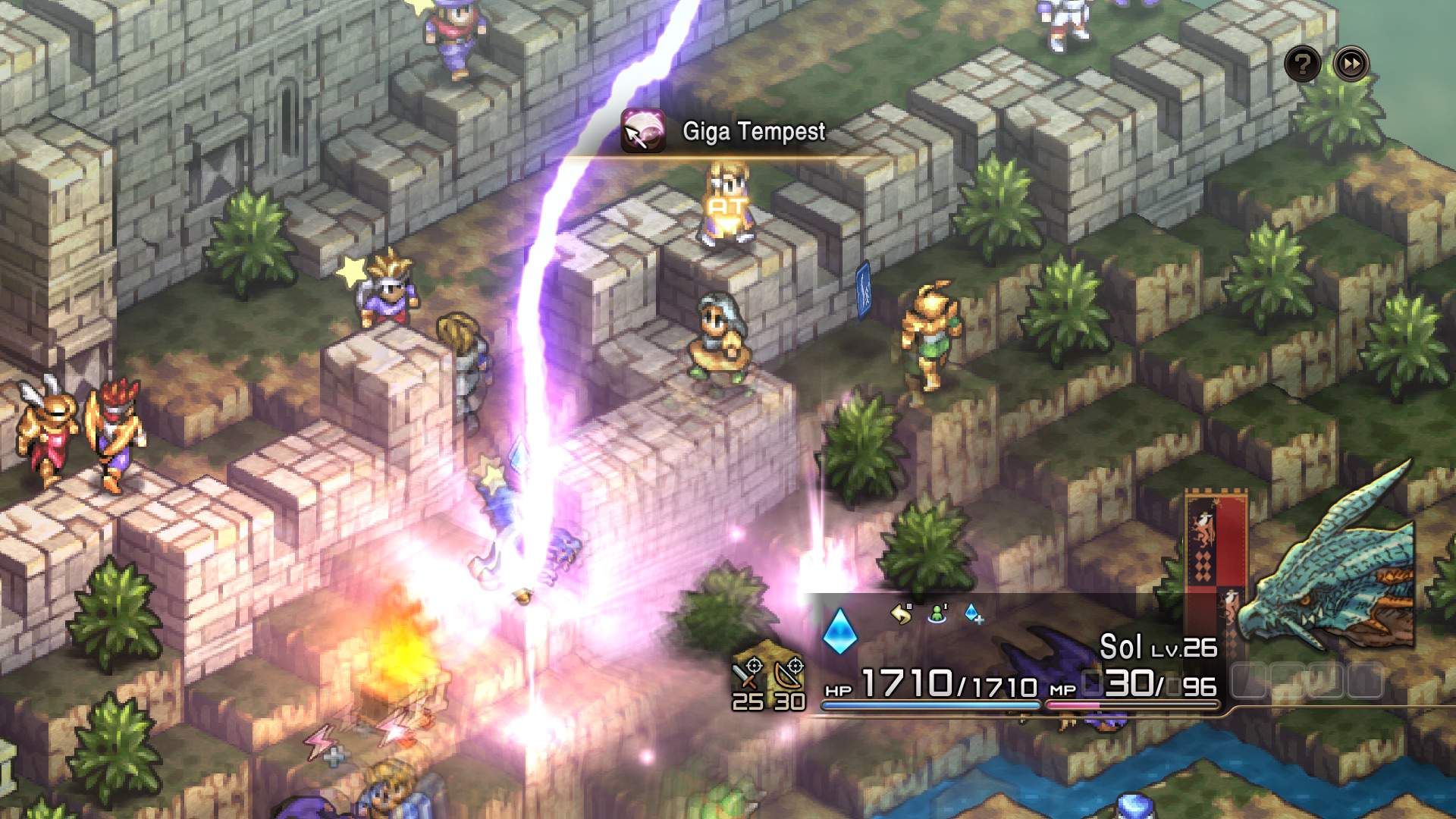
Recent Comments